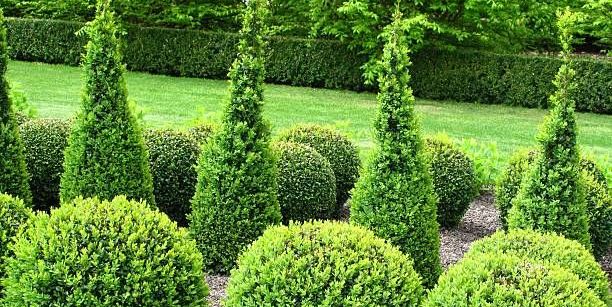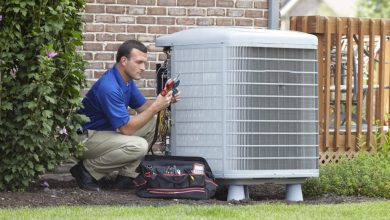The Best Trees and Shrubs for a Wild Garden

Want to attract more wildlife to your garden? Planting the right trees and shrubs is key. Different species of animals prefer different types of plants, so it’s important to do your research before you start planting. Not sure where to begin? Visit Wildtree store for more information.
Here Are A Few Of The Best Trees And Shrubs For A Wild Garden.
One of the best trees for attracting birds is the crabapple. Crabapples produce small fruits that are beloved by birds like robins, cedar waxwings, and bluebirds. In addition to providing food for our feathered friends, crabapples also provide nesting sites and shelter from predators and the elements.
Looking for a shrub that does double duty?Try inkberry. This evergreen shrub produces berries that are enjoyed by birds, rabbits, and deer alike. Inkberry is also salt tolerant, making it a good choice for gardens near the coast.
Need a plant that will attract bees, butterflies, and birds? Consider planting mountain laurel. This sun-loving shrub produces beautiful flowers that are irresistible to pollinators. Mountain laurel is also slow-growing and drought-tolerant, making it a low-maintenance option for busy gardeners.
7 Things to Consider When Planting Trees and Shrubs in Your Wild Garden
- Choose native species – Native plants have adapted to the local climate, meaning they require less maintenance and are better able to withstand droughts and pests.
- Plant in groups – Group plantings provide more food, protection, and nesting sites for animals than single plants do.
- Provide a variety of trees and shrubs – Different species of creatures prefer different types of trees and shrubs. A diverse selection will attract more wildlife to your garden.
- Mix evergreen and deciduous varieties – Evergreens provide year-round shelter from the elements while deciduous trees drop their leaves, providing ground cover for birds and small animals.
- Plant for the long-term – Some trees and shrubs may take years to reach their full growth potential, so plan accordingly.
- Consider your soil type – Different trees and shrubs prefer different soil types, so make sure you select plants that are compatible with your garden’s existing conditions.
- Leave some space between plants – If planted too close together, trees and shrubs can compete for water and nutrients, stunting their growth. Give each plant enough room to thrive!
Conclusion:
Trees and shrubs are an essential part of any wild garden. Not only do they provide food and shelter for wildlife, but they also help to create a beautiful outdoor space that you can enjoy. By following these tips, you can ensure that your trees and shrubs are planted in the best possible way for your wild garden. With a little planning, you can turn your backyard into a vibrant and nature-filled paradise!






